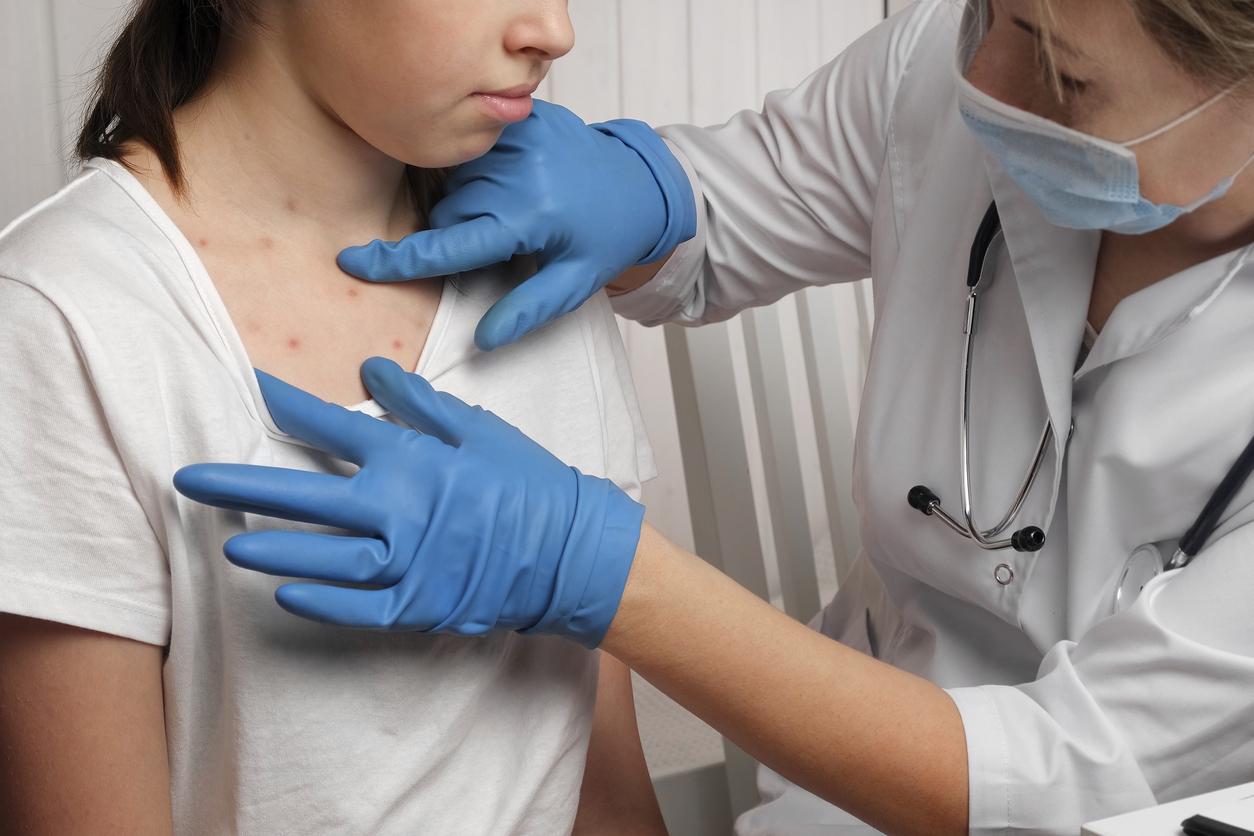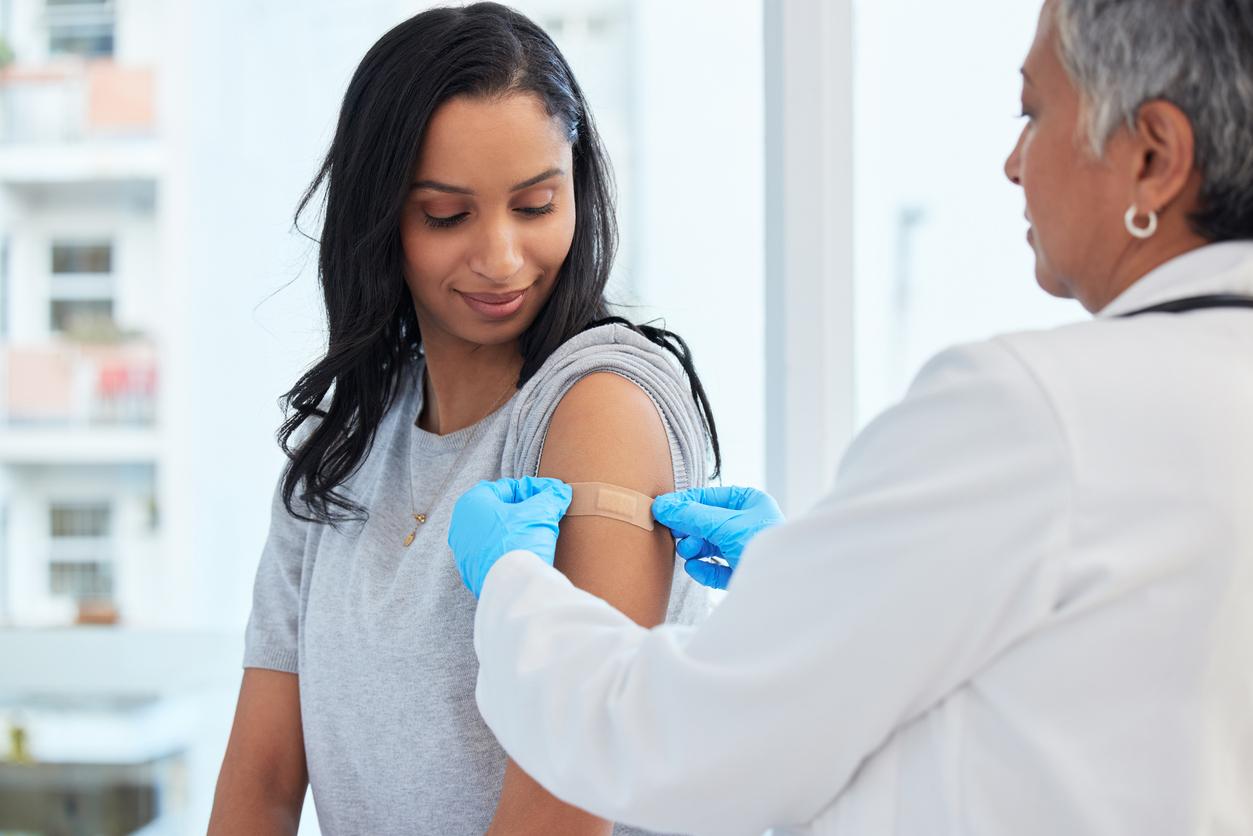Given the spread of the tiger mosquito in mainland France, the probability of these epidemics occurring is quite high in the next five years, according to a report from Anses.

- The tiger mosquito is present in 78 metropolitan departments.
- Due to its location, there is a high risk of dengue, chikungunya and Zika epidemics within 5 years.
- Anses calls for improved coordination between vector control stakeholders and training of health personnel.
The tiger mosquito is now present in 78 departments of mainland France. As the insect progresses, so do the number of indigenous cases of dengue, chikungunya and Zika. And according to a Anses expertisepublished on September 13, 2024, this is not likely to improve.
The agency’s experts estimate that the probability of epidemics of these diseases appearing in the coming years is quite high on French soil.
Mosquito-borne diseases: epidemics likely in 5 years
This summer, a few outbreaks of indigenous cases of chikungunya or dengue fever were recorded. The origin of the contaminations could always be traced. But for experts, an epidemic of virus transmitted by tiger mosquitoes has a probability of between 6 and 7 (on a scale of 0 to 9) of occurring in the next five years. “We speak of an epidemic from the moment when it is not possible to link all infected people to a focus. This means that transmissions escape the control system,” explains Émeline Barrès, from the Risk Assessment Department at ANSES, one of the two coordinators of the expertise.
However, significant circulation of viruses from the family of arboviruses is likely to pose a problem, the report notes. The means of prevention and control of arboviruses could quickly become saturated. “Some of the stakeholders involved in vector monitoring and control that we interviewed during the assessment told us that they would have been overwhelmed if additional cases had occurred in recent years.”says Véronique Raimond, health economist in the Social Sciences, Economy and Society Department of ANSES, the other coordinator of the expertise.

Fighting devices, hospitals: beware of tensions in the event of an epidemic
The report estimates that both prevention and care systems are likely to be under strain in the event of an outbreak of diseases transmitted by tiger mosquitoes. For hospitals, for example, there is also “a risk of saturation if this epidemic coincides with another, as was the case in the Antilles in 2020, where a dengue epidemic occurred at the same time as that of Covid-19. The risk may also exist if the provision of care, in particular general practitioners and emergency services, is already saturated, as may be the case during the period of mosquito activity.”
The same observation applies to the vector control system. “The surveillance and control protocols require, on the one hand, tracing all the contacts of the infected person over the previous 10 days and, on the other hand, monitoring the places visited by the patient in order to eliminate the tiger mosquitoes present”recalls the report before concluding: “the increase in the number of cases with current means would lead to a deterioration in the quality of operations, but also in the working conditions of those involved in surveillance.”
To better combat diseases transmitted by the tiger mosquito, ANSES recommends identifying and coordinating the stakeholders involved, “including the mobilization of the population” and to train health personnel based on the experience of overseas departments and regions.
“Moreover, since the presence of the tiger mosquito is favoured by climate change and rising temperatures, the fight against arboviruses must be part of a broader approach to combating climate change and other global changes.”concludes ANSES.


















